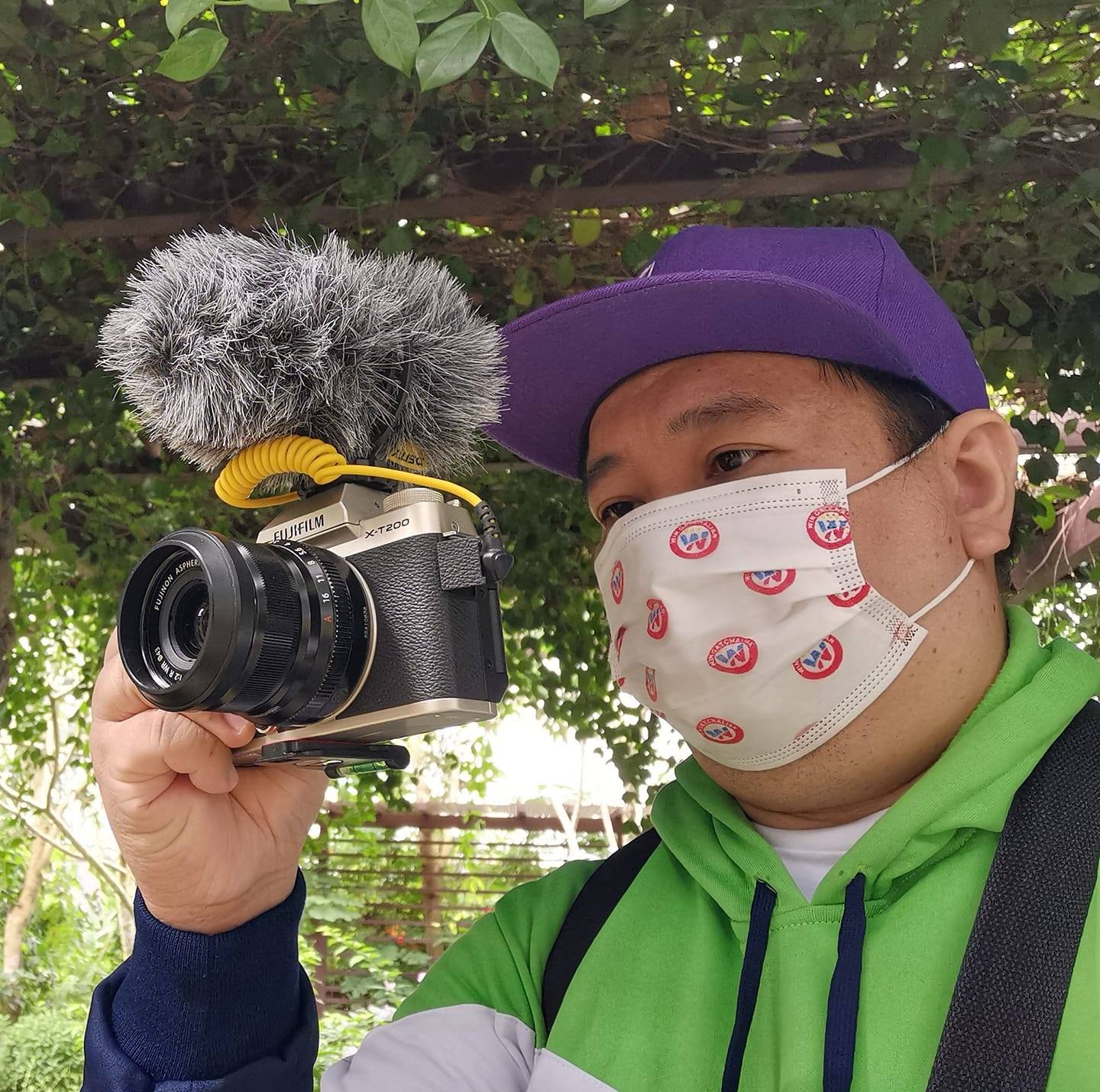FROM THE PHILIPPINES I: THE HISTORY OF KOMIKS
Benjamin Ong, writer for Newsrama.com emailed me this update about his research and also interview about Comics in the Philippines, He emailed me also about some inquiry on contacts to other artists, He thought that I was a comic creator and then he sent me an interview question for this article, but I told him that Im not a comic creator, Im only a comic reader and comic event organizer here in Manila. Im glad that he sent this update and Im so happy to see that they used the word KOMIKS with a "K" in their article. This is only part I, I think more of it will be release after the Komikon event.
CELEBRATING 120 YEARS OF KOMIKS FROM THE PHILIPPINES I: THE HISTORY OF KOMIKS
by Benjamin Ong Pang Kean
If names like Panday, Angel Ace, Flash Bomba, Lastikman, Darna, and Captain Barbell sound unfamiliar to you, it’s because they’re comic book characters from the Philippines.
In celebration of the 120th anniversary of komiks (that’s the Filipino term for comics), Newsarama.com spoke with komikeros (i.e. cartoonists or comic artists) from the island nation in Southeast Asia.
Incidentally, October is also Filipino American History Month and 2006 marks the 100th year of Filipino migration to the United States.
Also, the second Philippines Komiks Convention, Komikon 2006, is scheduled for Saturday, October 21 in Quezon City.
Just how big is the komiks industry in the Philippines?
According to writer/artist/inker/The Philippine Comics Art Museum webmaster and curator Gerry Alanguilan, komiks in the Philippines has had a very rich history, tracing its roots way back to the late 1800's when national hero Jose Rizal created what would be the very first Filipino made comic strip, "The Monkey and the Tortoise”.
“But it wasn't until 1929 on the pages of Liwayway Magazine that the first regularly published comics character was born: Kenkoy, as created by Tony Velasquez,” Alanguilan explained to Newsarama. “Liwayway Magazine (which is still being published today) is pretty much where the Philippines comics industry was born when the comics section grew to accommodate more short stories and artists. Liwayway is where artists like Fred Carrillo debut.
“It's an astounding body of work. To see what kinds of comics those Filipinos were able to do, I've put up an online museum which you can find at www.komikero.com/museum/.
“A lot of these artists eventually found work in American comics at the very end of the 1960's, and it was since then and all throughout the 70's did America finally see a huge treasure trove of artists as yet unknown to the western world.”
Alamat Comics founder Budgette Tan concurred that it used to be a thriving industry back in the 1950s and 60s. “Its circulation supposed out-ranked newspapers and had nationwide distribution,” he said. "Back then, komiks was a major source of feature films; and later on became material for TV shows as well.
“Ironically, the 70's also saw the start of the decline of Philippine comics due not only to the mass exodus of artists to America, but also to a number of other factors including the declaration of Martial Law in 1972, where restrictions on creativity forced many artist to leave or retire altogether,” Alanguilan said. “The komiks, as comics are referred to here, were still popular and financially profitable for the companies. But the quality of the comics themselves, specially the artwork, suffered a marked decline. It is a decline that will continue well into the 90's until at last it will collapse soon after.
Alanguilan said that the Filipino artists doing work in the US by this time included Redondo, Alcala, Niño, Florese, ER Cruz, Gerry Talaoc, Rico Rival, Jesse Santos, Teny Henson, Romeo Tanghal, Abel Laxamana, Ading "Adrian" Gonzales and so many more. For a more complete listing, please see Comic Book Artist Magazine Vol. 2 #4, which features an in-depth look at Filipinos who worked in US Comics.
“Rafael Kayanan was probably the very first US based Filipino (not born in the Philippines) to find work there beginning in the 80's and found work on Conan, Spider-Man, Turok, etc. He would signal the start of a new invasion of Filipino artists, the most popular of which was Whilce Portacio.
read more of it here >>> http://forum.newsarama.com/showthread.php?t=88232









0 Comments